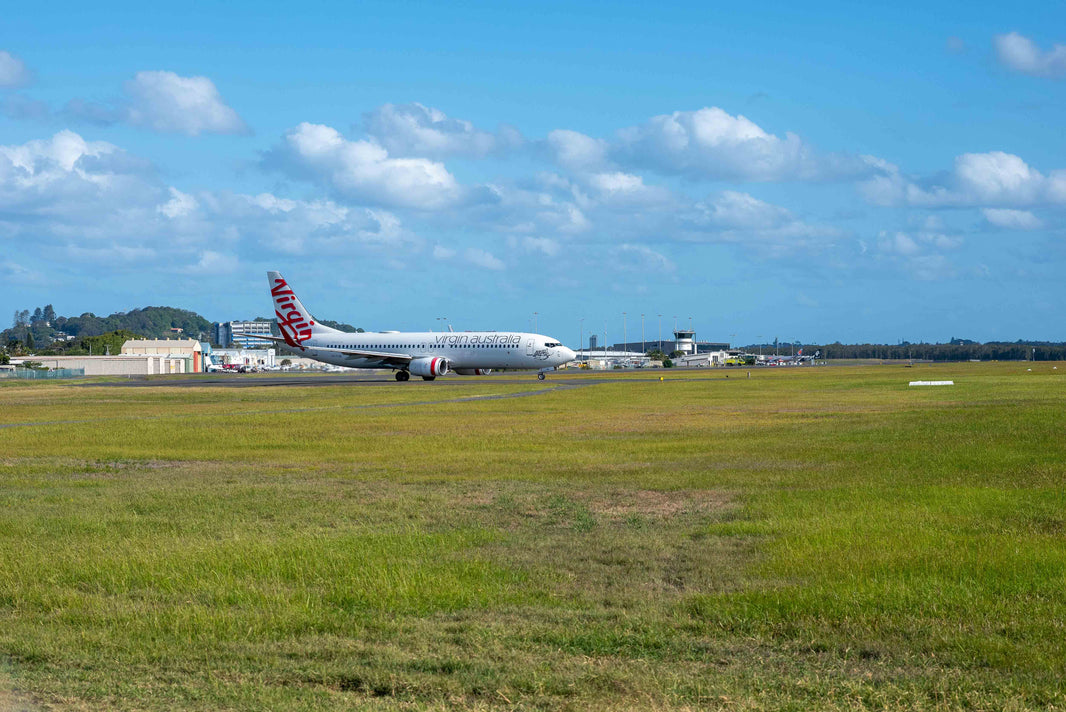Drone Flights Over and Around People: A Comprehensive Guide for Safety and Compliance
Drones have revolutionized industries across Australia, becoming invaluable tools for everything from photography to agriculture. However, as drone usage grows, so do concerns about safety and privacy, particularly when operating over or near people in public spaces. Whether you're flying a drone for recreational or commercial purposes, it's essential to understand the rules and regulations to ensure safety and legal compliance.
What Does "Flying Over People" Mean?
In Australia, flying a drone "over people" refers to any flight path that takes the drone directly above individuals who are not involved in the operation. This includes people walking in public spaces, attending events, or relaxing in parks or beaches. The Civil Aviation Safety Authority (CASA) classifies flying over people as a higher-risk activity due to the potential for accidents or injuries in case of a malfunction.
Drone Categories and Certification Requirements
CASA regulates drones based on their weight and intended use, classifying them into categories like Micro, Very Small, Small, Medium, and Large. For recreational use, drones weighing less than 2 kg can be flown with fewer restrictions, provided the operator adheres to CASA's safety rules. However, for larger or commercial drones, pilots may need certification, such as a Remote Pilot Licence (RePL) and a Remote Operator Certificate (ReOC).
Here's a detailed breakdown of the different categories:
- Micro Drones (under 250 grams): Generally have the fewest restrictions and can be flown for recreational purposes without the need for certification.
- Small Drones (under 2 kg): Often used for commercial purposes like photography or real estate and may require a RePL for operations in populated areas.
- Larger Drones: These require more stringent licensing and may be subject to additional safety measures, especially when flying over or near people.
Flying Drones in Populated Areas and Public Events
Flying a drone over populated areas, such as urban parks or crowded events, comes with strict regulations. For example, drones must maintain a distance of at least 30 meters from people who are not involved in the drone's operation. This rule applies to both recreational and commercial pilots.
For large public gatherings or events, special permissions are often required. Commercial operators may be able to obtain waivers if they meet specific safety standards, but recreational drone users are generally prohibited from flying over crowds.
Technological Innovations to Enhance Drone Safety
Drone manufacturers are continually developing new technologies to minimize the risks associated with flying over people. Some of the most notable safety features include:
- Geofencing: This technology prevents drones from entering restricted areas, such as airports or military zones, by creating virtual boundaries.
- Propeller Guards: These shields protect both the drone and nearby people in case of a collision.
- Parachute Systems: In the event of a malfunction, automatic parachutes deploy to slow the drone's descent, reducing the risk of injury to people below.

These features are becoming increasingly important, especially for commercial operators who need to demonstrate that their drones are safe for use in populated areas.
Safety Precautions and Legal Responsibilities
Even with the latest safety features, it's crucial for drone operators to follow CASA's regulations carefully. Some key safety precautions include:
- Maintain visual line-of-sight (VLOS): Operators must always be able to see their drone with the naked eye. This ensures better control and awareness of the surroundings.
- Stay 30 meters away from people: If you're flying a drone for recreational purposes, you must avoid flying within 30 meters of individuals who are not part of the operation.
- Avoid flying over crowds: This is particularly important for recreational users. Commercial pilots may be able to apply for specific permissions, but they must still comply with stringent safety measures.
Privacy Concerns
In addition to safety, drone operators must be mindful of privacy issues. Drones equipped with cameras can unintentionally invade someone's privacy, which is a serious concern when flying over residential areas or public spaces. CASA prohibits the use of drones for photographing or recording individuals without their consent, especially in private areas.
Penalties for Violating Drone Regulations
Failing to adhere to CASA's rules can result in steep penalties. For instance, flying too close to people or in restricted areas can lead to fines of up to AUD 11,100. It's crucial to stay informed about the regulations, especially if you are flying in sensitive or crowded environments. Make use of tools like CASA's "Can I Fly There?" app to ensure you're operating within legal boundaries.
Applying for Special Permissions
If you need to fly a drone over people for commercial purposes, you can apply for special permissions or waivers from CASA. This process typically involves demonstrating that your drone and operation meet safety standards. You may also need to provide a risk assessment and outline the precautions you will take to protect bystanders.
The Future of Drone Operations in Australia
Drone technology is advancing rapidly, and regulatory bodies like CASA are constantly updating their rules to keep pace. As more drones take to the skies, we can expect tighter regulations around privacy and safety, as well as more sophisticated technologies to mitigate risks. Drones are also likely to play an even greater role in industries like logistics, agriculture, and emergency services, further highlighting the need for safe operations around people.
Conclusion
Operating a drone over or near people in Australia requires a deep understanding of CASA's regulations and a commitment to safety. Whether you're flying for fun or for business, following the rules is essential for ensuring that your drone activities are both safe and compliant. By staying informed, using the latest safety technologies, and adhering to the law, you can enjoy the many benefits of drone flights while minimising risks to the public.



